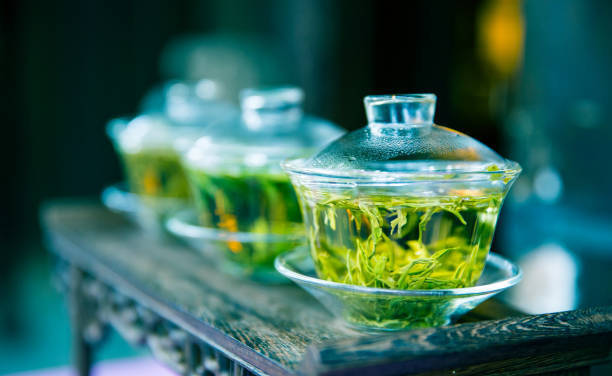Today, I’d like to talk to you about “Chinese Green Tea Vs Japanese Green Tea”. Green tea’s intriguing history dates back thousands of years to ancient China. It was first discovered and appreciated for its health benefits and unique flavors. Legend has it that the mythical Emperor Shen Nong accidentally discovered tea’s refreshing qualities around 2737 BC in the misty mountains of China, marking the beginning of a significant cultural tradition.
Chinese green tea, known as the original green tea, has been integral to the cultural and social fabric of Chinese society. Throughout the Tang Dynasty to the Ming Dynasty, it symbolized sophistication and wellness. The Chinese perfected the art of tea cultivation and brewing during this time, with teas such as the famous Dragon Well (Longjing) showcasing the dedication and expertise of Chinese tea masters. This tradition not only underscores the importance of green tea in Chinese heritage but also lays the groundwork for its global popularity.
As green tea gained renown, it traveled to Japan, where it underwent a unique cultural transformation. Japanese green tea culture, while rooted in Chinese traditions, developed its own identity over the centuries. Buddhist monks brought tea seeds to Japan from China during the Tang Dynasty, flourishing in Japan’s fertile soil. The Japanese adopted Chinese tea practices to meet their cultural and spiritual needs, giving rise to the Japanese tea ceremony, or Chanoyu, which emphasizes mindfulness, simplicity, and aesthetic appreciation of tea. Iconic teas like Matcha and Sencha emerged, each with distinct flavors and preparation methods, further setting Japanese green tea culture apart from its Chinese origins.
Green tea has deeply influenced Chinese and Japanese societies, impacting their culinary landscapes and social and spiritual practices. In China, green tea symbolizes hospitality, intellectual discourse, and medicinal healing, which are deeply ingrained in everyday life and significant ceremonies. In Japan, green tea has become synonymous with Zen Buddhism, embodying tranquility, respect, and harmony principles. While their paths have diverged, the historical narratives of Chinese and Japanese green teas showcase how a simple leaf has influenced civilizations, shaped traditions, and impacted lives across generations. This historical journey enriches our understanding of green tea and deepens our appreciation for its cultural significance in both China and Japan.
Between Tradition and Aesthetics: Exploring Cultural and Visual Variance

Green tea, a drink deeply rooted in Asian culture, links tradition and beauty in Japan and China. Green tea is of great cultural importance in Japan and has significantly influenced Japanese customs. An example is the traditional Japanese tea ceremony known as Chanoyu, which embodies the principles of mindfulness, respect, and simplicity. This ritual, strongly tied to Zen Buddhism, transforms tea drinking into a meditative practice that honors harmony and peacefulness. Every aspect of the ceremony – from preparation to presentation – is carefully planned, reflecting a profound appreciation for tea’s aesthetic and spiritual qualities.
In contrast, Chinese green tea is admired for its beauty in various forms. The Chinese have perfected the cultivation and processing of tea, resulting in a wide variety of green teas, each with distinct flavors and appearances. From the flat, delicate leaves of Dragon Well (Longjing) to the tightly rolled pearls of Jasmine green tea, the visual appeal of Chinese green tea is as striking as its taste. In China, tea appreciation extends beyond the beverage, including elegant teaware, intricate tea sets, and serene settings for enjoying tea. This aesthetic appreciation reflects the Chinese philosophy of finding beauty in simplicity and nature.
When comparing the ceremonial aspects of green tea in Japan and China, both cultures demonstrate a profound respect for the ceremonial aspects of tea drinking, although their approaches differ. The Japanese tea ceremony is a highly structured event emphasizing the spiritual connection between the participants and the tea. In contrast, Chinese tea ceremonies, while also ritualistic, are often more adaptable and focused on the sensory experience of tasting tea. For example, the Gongfu tea ceremony involves a series of steps to brew and savor the tea, highlighting the skill and artistry of the tea master.
Tea is an integral part of cultural traditions and social practices in Japan and China. In Japan, tea is frequently served at formal gatherings, religious ceremonies, and social events, strengthening relationships and nurturing a sense of community. In China, tea symbolizes hospitality, and respect is often offered to guests as a goodwill gesture. Whether in the ornate setting of a Japanese tea room or the calm atmosphere of a Chinese tea house, green tea plays a crucial role in cultural expressions and social interactions, bridging the gap between tradition and modernity.
Divergent Paths of Cultivation and Production: A Competitive Analysis
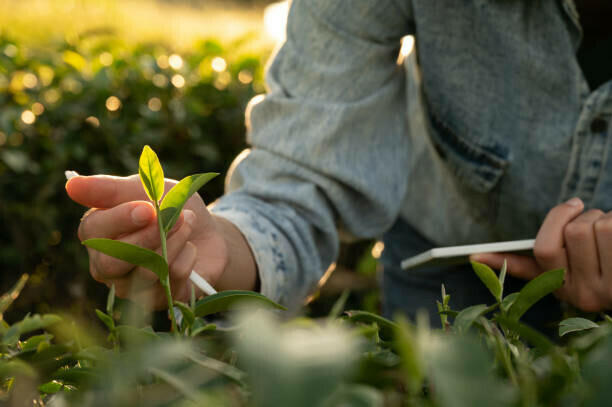
The transition of green tea from the fertile fields to our cups unveils an intriguing story of different paths in farming and manufacturing between China and Japan, reflecting the cultural complexities ingrained in their production methods.
Chinese green tea, celebrated for its wide range, encompasses a thousand types, each with a unique taste and fragrance. This diversity signifies the rich heritage and careful techniques refined over many years. Popular types such as Dragon Well (Longjing), Bi Luo Chun, and Huangshan Maofeng exhibit the diversity of Chinese green tea. For instance, Dragon Well is recognized for its flat, emerald-green leaves and gentle, sweet flavor, complemented by a touch of chestnut. On the other hand, Bi Luo Chun showcases tightly curled leaves with a fruity scent and a robust and refreshing taste. The techniques utilized in collecting and processing these teas, including pan-frying, steaming, and sun-drying, significantly impact their final characteristics, contributing to the diverse range of Chinese green tea.
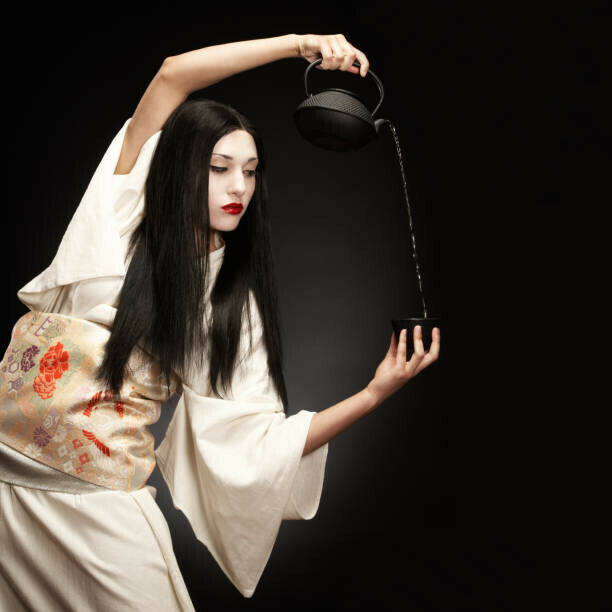
In contrast, Japanese green tea production is known for its accuracy and unique methods. One of the most distinct features of Japanese green tea is the steaming process used to stop oxidation, thus preserving the vivid green color and fresh, vegetal flavors. This method separates Japanese green teas like Sencha, Matcha, and Gyokuro from their Chinese counterparts. Sencha, Japan’s most widely consumed tea, presents a blend of sweetness and astringency with a vibrant green infusion. Matcha, a powdered green tea, is famous for its deep, savory flavor and plays a central role in the Japanese tea ceremony. Gyokuro, a tea cultivated in the shade, is prized for its rich, sweet taste and delicate fragrance. The shading technique, where tea plants are covered to reduce sunlight exposure, enhances the tea’s sweetness and complexity by increasing chlorophyll production and amino acids.
The influence of these varying cultivation and drying methods on tea quality is significant. With their varied processing techniques, Chinese teas offer a broad range of flavors and aromas, reflecting regional disparities and the craftsmanship of tea producers. Japanese teas, emphasizing steaming and shading, deliver consistent quality with a distinct, fresh taste that appeals to those who favor a more vegetal and savory profile. Although differing in their approaches, both traditions contribute to the global admiration of green tea, providing tea enthusiasts with various options that cater to diverse tastes and preferences.
Health and Flavor Profiles: Unlocking the Secrets of Far Eastern Teas

Green tea, a cornerstone of traditions in the Far East, is not only well-known for its extensive history but also for its remarkable health advantages and unique flavor profiles. As fans delve into the lush world of green teas from Japan and China, they encounter a wealth of antioxidants, metabolism-boosting properties, and distinct taste experiences that differentiate these teas.
Japanese green tea is famous for its high level of antioxidants, mainly catechins such as EGCG (epigallocatechin gallate), which are recognized for their substantial health benefits. These antioxidants help to combat oxidative stress, reduce inflammation, and maintain overall health. While abundant in antioxidants, Chinese green teas provide a broader range due to their numerous varieties and processing techniques. Whether the delicate Longjing or the robust Bi Luo Chun, each Chinese tea offers a unique combination of beneficial compounds, contributing to heart health, improved digestion, and enhanced cognitive function.
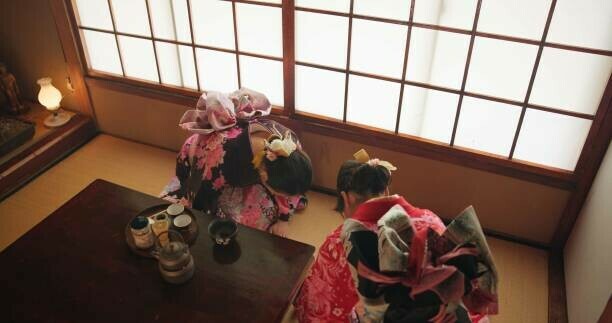
The potential for weight loss with green tea is a subject of much discussion, especially about Japanese green teas like Matcha and Sencha. With its concentrated form and higher caffeine content, Matcha is often promoted as a metabolism booster. Combining caffeine and catechins is believed to enhance fat oxidation and improve metabolic rates. While both Japanese and Chinese green teas can assist in weight management, the ceremonial consumption of Matcha in Japan, which involves consuming the entire leaf, might offer a more potent dose of these beneficial compounds than the brewed leaves of Chinese teas.
Flavor is another aspect in which Japanese and Chinese green teas differ. Japanese green teas are steamed shortly after harvesting to prevent fermentation, resulting in a fresh, vegetal taste with a hint of sweetness. This steaming process preserves the vibrant green color and distinctive flavors, making teas such as Sencha and Gyokuro a favorite for those who enjoy a clean, grassy profile. In contrast, Chinese green teas, often pan-fired or sun-dried, develop a broader range of flavors from nutty to floral, offering a more complex and diverse tasting experience.
One concern that often arises with Chinese green teas is the presence of impurities, particularly lead. Scientific examination has shown that while tea plants can absorb lead from the soil, the levels found in brewed tea are usually well below harmful thresholds. However, it remains crucial for consumers to obtain their teas from reputable suppliers who adhere to rigorous quality control measures, ensuring that their tea is both delicious and safe.
In conclusion, exploring Japanese and Chinese green teas reveals a world where health benefits, weight management potential, and flavor profiles intersect, offering tea enthusiasts a rich and diverse experience. Whether it’s the antioxidant power of Japanese Matcha or the complex flavors of Chinese Dragon Well, each cup brings its own narrative and advantages, inviting us to delve into and appreciate the age-old secrets of Far Eastern teas.
The Consumer’s Guide: Availability, Accessibility, and Tea as a Lifestyle Choice

Green tea, a popular drink enjoyed worldwide, provides consumers a wide range of choices. Consumers often have many options with the abundance of Chinese green tea. The diverse selection of Chinese green teas, including the delicate Dragon Well and the aromatic Jasmine tea, ensures something for everyone, regardless of taste preferences or budget. This variety has established Chinese green tea as a common household item, influencing consumers by offering an accessible and affordable introduction to high-quality teas.
When comparing the pricing of Chinese and Japanese green tea producers, it becomes clear that cost plays a significant role in consumer choices. Chinese green teas are generally more budget-friendly due to large-scale production and the availability of different varieties. This affordability allows consumers to explore various types without a substantial financial commitment. In contrast, Japanese green teas like Matcha and Gyokuro often have a higher price point. This higher cost reflects the detailed cultivation and processing methods unique to Japanese tea production, resulting in distinctive flavor profiles and health benefits.
The choice between Japanese and Chinese green tea ultimately depends on personal preferences and desired benefits. If you are looking for a tea with a fresh, vegetal flavor and a vibrant green color, Japanese green teas like Sencha or Matcha may be the best option. These teas suit those who appreciate the ceremony and mindfulness associated with Japanese tea culture. On the other hand, if you prefer a wide range of flavors, from nutty to floral, and a more affordable choice, Chinese green teas provide an excellent alternative. Both teas offer significant health benefits, but your decision should align with your taste preferences and lifestyle.
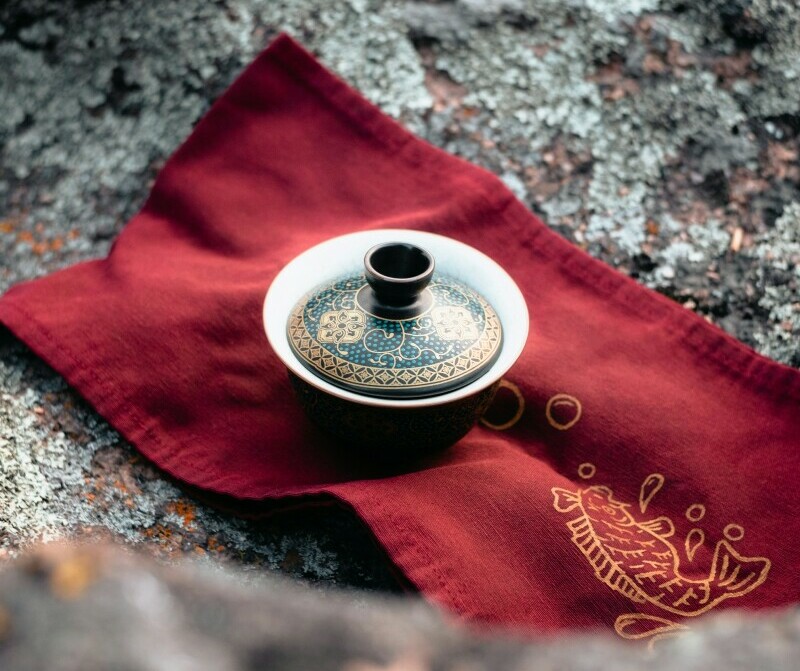
Understanding brewing techniques is crucial to fully appreciating the nuances of green tea. Using a Gaiwan, a traditional Chinese tea brewing vessel, can enhance your tea experience. The Gaiwan allows for multiple infusions, bringing out different flavors each step. Furthermore, experimenting with tea additives, such as lemon or honey, can introduce new dimensions to your tea, potentially enhancing its health benefits. Rich in vitamin C, Lemon can boost antioxidant absorption, while honey adds natural sweetness and antibacterial properties.
Incorporating green tea into your routine is more than just choosing a beverage; it’s a journey into a vibrant cultural tradition that offers numerous health benefits and sensory delights. Whether you opt for the diverse, accessible Chinese green teas or the refined, mindful Japanese varieties, your green tea journey will be a fulfilling experience.
I would love to receive your comments down below, in case of any.

